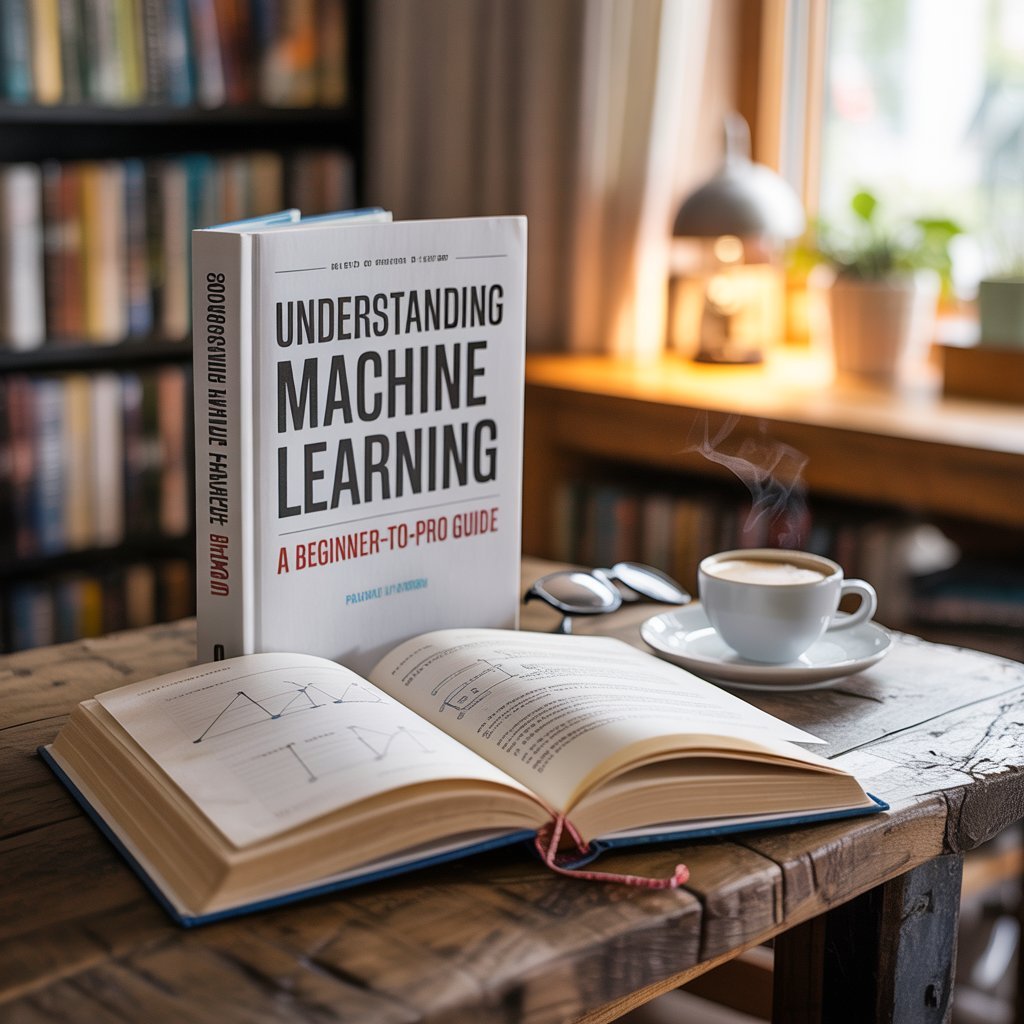Machine Learning (ML) is no longer a buzzword confined to tech circles, it’s a driving force transforming every industry, from healthcare and finance to marketing and entertainment. Whether you’re new to ML or looking to deepen your understanding, this comprehensive guide walks you through everything from fundamental concepts to advanced models and real-world applications.
Table of Contents
- What Is Machine Learning?
- Machine Learning vs. Deep Learning
- Types of Machine Learning
- Common Algorithms and Models
- Essential Tools and Frameworks (TensorFlow, PyTorch)
- Real-World Applications
- Getting Started: Courses and Resources
- Final Thoughts
1. What Is Machine Learning?
At its core, Machine Learning is a subset of Artificial Intelligence (AI) that enables computers to learn from data without being explicitly programmed. It involves building algorithms that allow systems to identify patterns, make predictions, and improve over time with exposure to more data.
Simple Analogy: Imagine teaching a child to recognize apples. Instead of describing every possible apple, you show many images labeled “apple.” Over time, the child (or machine) learns to identify an apple by itself.
2. Machine Learning vs. Deep Learning
These terms are often used interchangeably but have distinct meanings.
| Feature | Machine Learning | Deep Learning |
| Data Dependency | Can work with less data | Requires large datasets |
| Algorithm Complexity | Basic to complex algorithms | Uses neural networks |
| Hardware Needs | Low to moderate | High (GPUs) |
| Feature Engineering | Manual | Automatic (via layers in neural nets) |
In short: Deep Learning is a specialized field of Machine Learning using multi-layered neural networks to process data in complex ways like recognizing faces or translating languages.
3. Types of Machine Learning
ML is generally categorized into three main types:
Supervised Learning
The model is trained on a labeled dataset (i.e., the input comes with the correct output). Common examples include:
- Linear Regression
- Decision Trees
- Support Vector Machines (SVM)
Unsupervised Learning
The model finds hidden patterns in data without labels. Examples:
- K-Means Clustering
- Principal Component Analysis (PCA)
Reinforcement Learning
Here, an agent learns by interacting with its environment. It’s often used in robotics, gaming, and navigation.
4. Common Algorithms and Models
Here are some foundational algorithms used across ML:
- Linear Regression – Predicts continuous values.
- Logistic Regression – For binary classification problems.
- Decision Trees and Random Forests – Great for classification tasks.
- Naive Bayes – Based on probability, often used in spam detection.
- K-Nearest Neighbors (KNN) – Classifies based on proximity to other data points.
- Neural Networks – Used in both ML and DL for tasks like image and speech recognition.
Understanding how and when to use each algorithm is crucial to becoming proficient in ML.
5. Essential Tools and Frameworks
If you’re venturing into Machine Learning, learning key frameworks is essential.
TensorFlow
Developed by Google, TensorFlow is an open-source ML library that’s widely used for both ML and DL. It supports building neural networks and handling complex mathematical operations.
Key Features:
- Graph computation
- Flexibility and scalability
- TensorBoard for visualization
PyTorch
Created by Facebook’s AI Research lab, PyTorch is known for its ease of use, especially in research and rapid prototyping.
Key Features:
- Dynamic computational graphs
- Extensive community support
- Seamless integration with Python
6. Real-World Applications
Machine Learning is now at the heart of most modern technology. Here are some use cases:
- Healthcare: ML models diagnose diseases, recommend treatments, and even predict patient outcomes.
- Finance: Used in fraud detection, credit scoring, and algorithmic trading.
- E-commerce: Personalized recommendations (think Amazon or Netflix).
- Agriculture: Precision farming, pest detection, and crop yield forecasting.
- Transportation: Self-driving cars, traffic management, and route optimization.
- Marketing: Customer segmentation, sentiment analysis, and targeted ads.
7. Getting Started: Courses and Resources
There’s a wealth of online learning platforms that offer structured paths:
Free Courses
- Coursera: Machine Learning by Andrew Ng
- edX: Introduction to Artificial Intelligence (Harvard)
- Kaggle: Micro-courses on Python, Pandas, and ML basics
Paid/Advanced Courses
- Udacity: Machine Learning Engineer Nanodegree
- Fast.ai: Practical deep learning courses
- DeepLearning.ai: Specializations in TensorFlow, NLP, etc.
Practice Platforms
- Kaggle – Competitions and datasets to hone skills
- Google Colab – Run Python code in the cloud with GPU support
- GitHub – Explore projects and contribute to open-source
8. Final Thoughts
Machine Learning is not just a technical skill; it’s a transformational tool that’s redefining how we interact with technology and the world. Whether you’re a student, business leader, or developer, gaining ML knowledge can elevate your potential and open new opportunities.
As you move forward in your journey, remember:
- Start small and practice often
- Understand the problem before jumping into code
- Keep up with trends and model innovations
In future posts, we’ll explore topics like “How Neural Networks Work (With Simple Examples)” and “The Best Online Courses to Learn Machine Learning.” Stay tuned!





